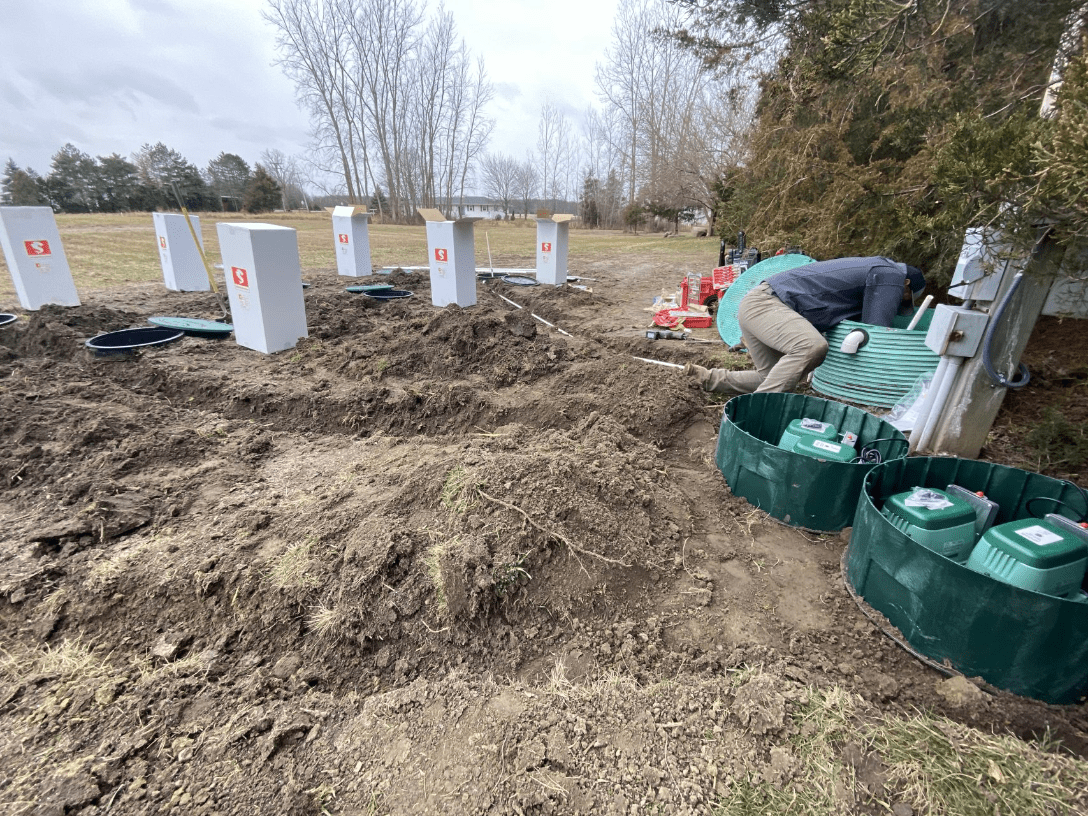If a drain field has failed there are a couple of different options. The most common solution is to install a new drain field and abandon the old drain field. (Many properties are permitted by the county to have an “A Field” and a “B Field” for just this scenario. The A Field is the original area designated for the drain field, and the B Field is the area reserved for a replacement drain field.) Some properties only have an A Field and do not have a designated replacement area. In these cases, it is common for the old drain field to be pulled out and replaced with a new one. Both of these solutions are fairly expensive and usually destructive to lawns and/or landscaping.
Another option is to recover/remediate the drain field using our exclusive SludgeHammer Technology. This technology has a 99.9% success rate and will do no damage to lawns or landscaping. It is also a fraction of the cost in comparison to replacing the drain field.

